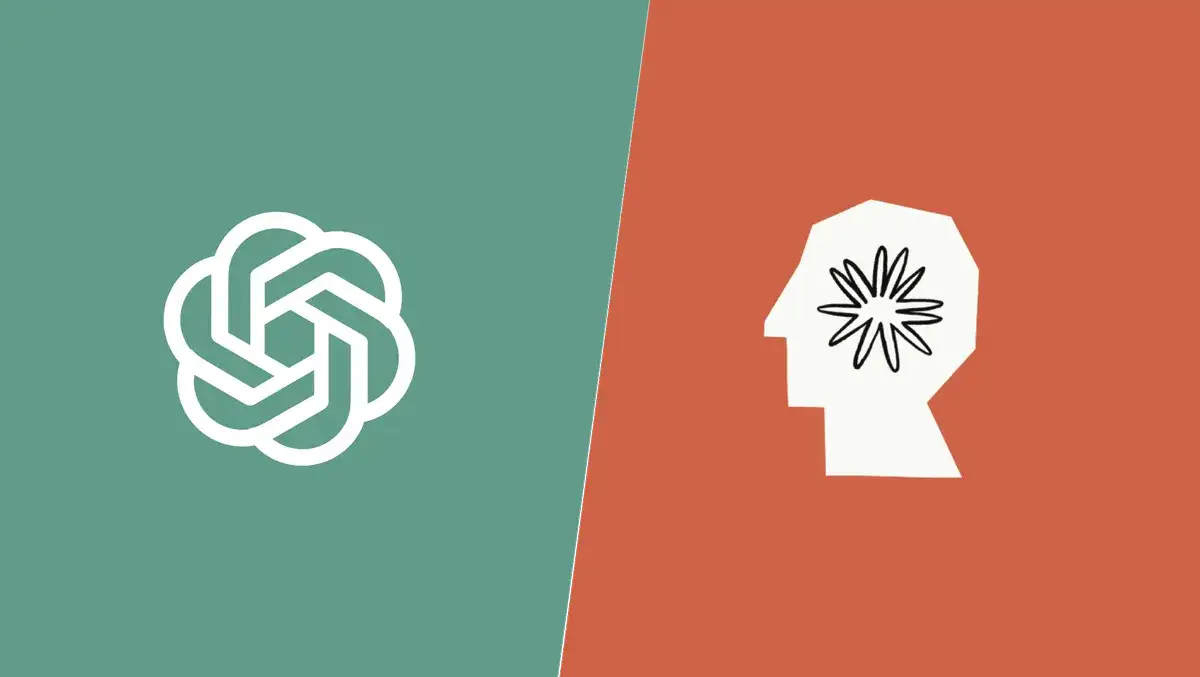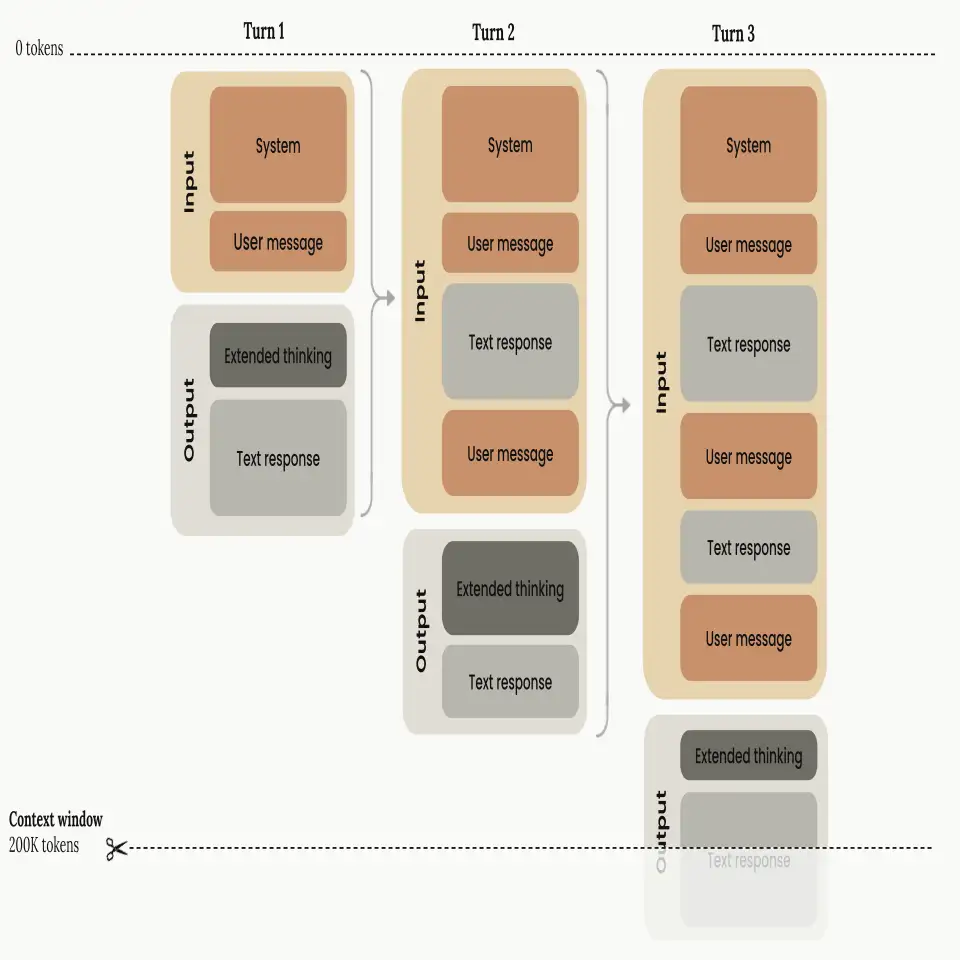Claude vs. ChatGPT: Choose the Best AI for Coding
.webp)
Eric Walker · 29, July 2025
Not all AI assistants are designed the same. OpenAI’s ChatGPT and Anthropic’s Claude are both powerful, but they lean into different strengths, product philosophies, and ecosystems. If you want a creative collaborator, a coding partner, or an all-around productivity tool, understanding those differences will help you pick the one that actually fits your day-to-day needs. (Structure and themes in this guide follow a practical “compare and choose” approach similar to widely read buyer’s guides published this month.)

Claude 4 vs. ChatGPT: Overview
ChatGPT (GPT-4o). OpenAI’s current flagship model, GPT-4o (“omni”), is built for real-time multimodal interactions: it can understand text, images, audio, and respond in voice, and it powers the latest ChatGPT experience. In OpenAI’s own description, 4o matches GPT-4-class text performance while being faster, and it’s especially strong at vision and audio understanding—useful for tasks like reading a chart you photographed or holding a natural voice conversation.
Claude 4 (Sonnet & Opus). Anthropic’s Claude 4 family arrives in two widely available variants: Sonnet 4 (fast, free tier option) and Opus 4 (premium, deep-reasoning tier). The headline strength is long-context work (200K-token window), which makes it comfortable with lengthy documents and multi-step reasoning. Anthropic positions Opus 4 as its top model for coding and agentic workflows.
Platform availability
ChatGPT is available on the web, iOS, and Android, with official apps that sync history and support voice. On desktop and mobile, image capture and voice are now routine parts of the experience.
Claude is also accessible on the web, iOS, and Android. Anthropic introduced mobile apps last year, and maintains help resources and release notes for both platforms.
For developers and IT teams, Claude models are natively offered through AWS Bedrock and Google Cloud Vertex AI, which matters if you need enterprise controls, regional availability, or private VPC access.
Context and memory
Context window. Claude 4 supports up to 200K tokens of context—hundreds of pages in one go—so it can keep more of a long brief or codebase “in mind” during a single conversation. ChatGPT’s context window varies by model but is typically smaller in consumer chat than Claude’s 200K ceiling.
Memory features. ChatGPT offers Memory—opt-in, user-controlled personalization that lets it remember preferences across chats (and you can turn it off or prune it).
Claude historically hasn’t provided persistent cross-chat memory in the same consumer sense; it focuses on within-chat context and long windows. Anthropic is actively experimenting with memory-like capabilities (for example in Claude Code and through Projects/RAG), and reports indicate user-facing voice mode and enhanced context tools are rolling out on mobile; but as of late July 2025, any broad “remember me everywhere” feature is still emerging and not uniformly available to all users.

Reasoning and capabilities
ChatGPT (GPT-4o) stands out for responsive general performance and agentic features. The new ChatGPT Agent (rolling out) can browse, operate apps in a sandbox, and complete multi-step tasks more autonomously. This sits alongside familiar features like file uploads and tool use.
Claude 4 (Opus & Sonnet) emphasizes depth and continuity in reasoning. Opus 4, in particular, is positioned for advanced coding and long-running workflows, and Anthropic’s engineering posts and product pages repeatedly stress code comprehension and multi-agent research patterns. If you often analyze dense documents or need carefully reasoned output, Opus 4 is designed for that.
Multimodality: voice, vision, and images
ChatGPT supports image generation and editing (DALL·E 3 / GPT Image API) and can hold real-time voice conversations, which makes it a true “see/say” assistant in daily use.
Claude can understand images you upload (diagrams, screenshots, photos), but does not generate or edit images—Anthropic’s docs are explicit here. On mobile, voice mode is expanding, allowing spoken conversations with audio replies, but Claude’s overall product focus remains text-first with strong visual understanding.
Tone and interaction style
Claude typically feels calm, explanatory, and “teacher-like.” If you’re drafting long-form content, unpacking tricky topics, or reviewing dense material, the style can help you stay oriented.
ChatGPT is adaptable and polished, and will readily shift voice for coding, brainstorming, or task automation. (What you prefer here is largely personal; try both on the same prompt and see which “clicks.”)
Tool integrations and “agent” ecosystems
ChatGPT benefits from the OpenAI ecosystem: Custom GPTs (and the GPT Store) let you tailor assistants for niche workflows, and the Agent feature extends automation further by letting ChatGPT perform tasks on your behalf in a managed environment.
Claude slots cleanly into cloud platforms: AWS Bedrock and Vertex AI provide enterprise-grade deployment, security options, and global endpoints, and both clouds now host the latest Claude 4 models. This is often the deciding factor for regulated teams that also need long context.
Microsoft stack note. If your world is Microsoft 365, Copilot weaves OpenAI models across Word, Excel, PowerPoint, Outlook, Teams, Bing, and Windows. That doesn’t make ChatGPT and Copilot the same product, but it does mean ChatGPT’s underlying model family is deeply represented in Microsoft’s apps and services.
Why choose ChatGPT over Claude?
- You want one assistant for many modes: text, images (generate/edit), photos, and human-sounding voice chats, all in one place.
- You care about automation and hands-off completion of routine tasks—the Agent feature is designed for that.
- You live in Microsoft 365 and like the model parity between ChatGPT and Copilot experiences.
Why choose Claude over ChatGPT?
- Your work involves long documents and deep analysis; the 200K context window is practical and forgiving.
- You prefer an assistant that’s measured and explanatory in tone—especially for writing, editing, and reasoned argument.
- You plan to deploy inside AWS or Google Cloud and want first-class access via Bedrock or Vertex AI (including newer Claude 4 models).
Coding considerations
If you’re picking specifically for coding:
- ChatGPT (GPT-4o) is excellent for snappy scaffolds (starting a minimal app fast), refactors, and code-plus-voice workflows where you literally talk through a bug.
- Claude 4 Opus is marketed for sustained reasoning on larger codebases and long-running tasks—it’s comfortable reading long files and keeping context straight. If your debugging involves lots of log parsing or multi-file navigation, Opus 4 is a strong bet.
As always, use tests: both models improve when you feed them failing test output and ask for a minimal patch.
Pricing and access
Both assistants offer free access on the web and mobile apps, with paid plans unlocking more usage and advanced models. If you’re on a budget but need long context, Claude Sonnet 4 being available at the free tier is attractive; if you need image generation or advanced voice, ChatGPT’s free tier now includes limited tools, with Plus unlocking more. Check current plan pages for exact limits. Free ChatGPT and Claude available on GlobalGPT, an all-in-one AI platform.
Final thoughts
I use both daily for different reasons. ChatGPT is my default when I need versatility, voice, and image work—or when I want an agent to plow through a mundane task. Claude is what I reach for when I’m reading long texts, synthesizing research, or need carefully reasoned output with fewer nudges. The good news: you don’t have to pick a permanent winner. Try both on your real tasks and favor the one that helps you ship faster (and think clearer).
